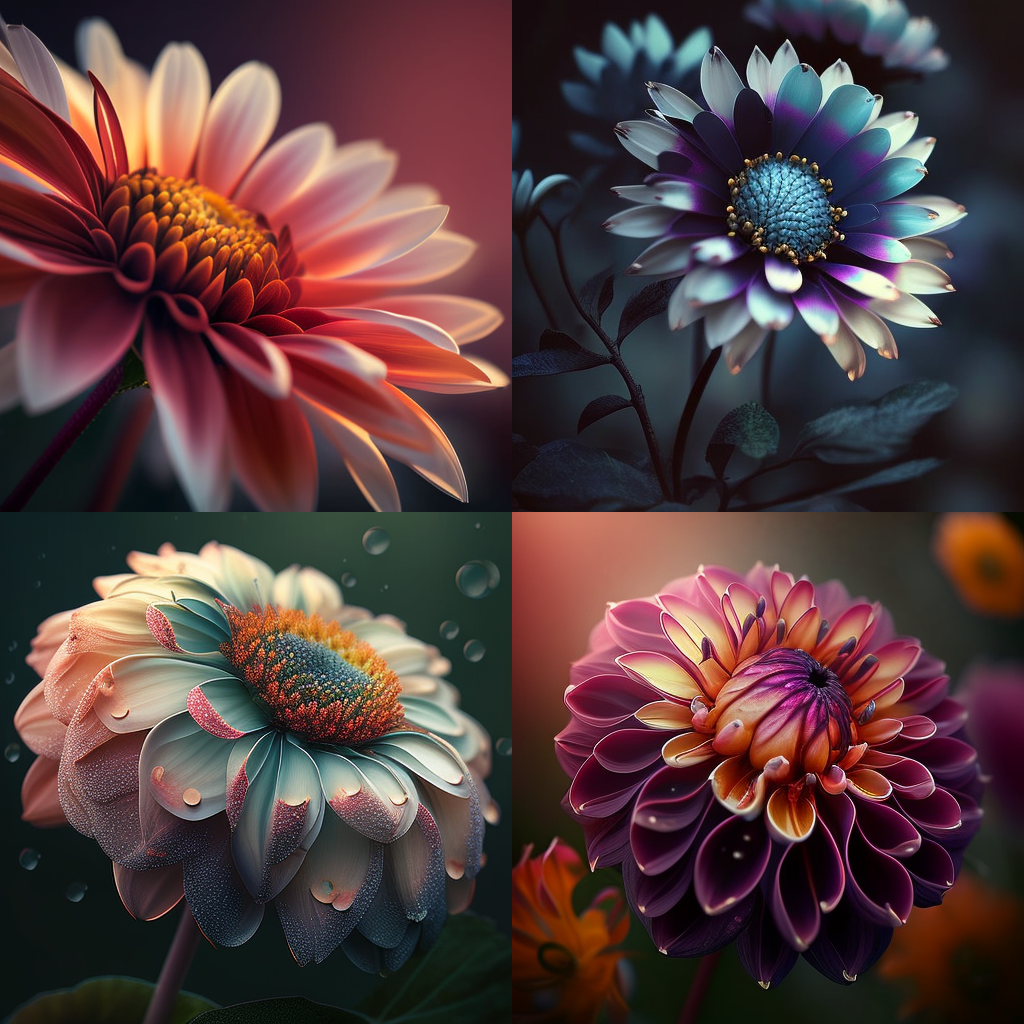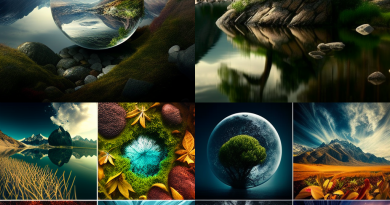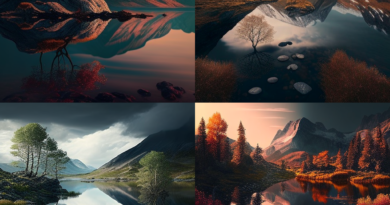Flower Nature Photography
Flower Nature Photography; Flowers are a popular subject in nature photography, as they offer a wide range of colors, shapes, and textures to capture. Some tips for taking great flower photos include:
- Get close to the flower to highlight its details and beauty.
- Play with depth of field to create a sense of depth and create a background blur.
- Use natural light to bring out the colors and textures of the flowers.
- Experiment with different angles and perspectives.
- Consider adding a contrasting background to make the flower stand out.
With these tips, you can capture stunning flower photos that showcase their natural beauty.
Flowers are one of the most popular and attractive subjects in nature photography. They come in a variety of colors, shapes, and sizes and offer a wide range of textures, patterns and details to capture with your camera. To take great flower photos, it’s important to understand the unique qualities of each flower and how to use lighting, composition, and other photography techniques to bring out the best in your subject. In this article, we’ll explore some tips and tricks to help you capture stunning flower photos.





Flower Nature Photography in 6 Steps
- Flower Nature Photography-1: Get Close to the Flower One of the most important aspects of flower photography is getting close to the flower to highlight its details and beauty. When you are close to the flower, you can capture the intricate patterns and textures of its petals, leaves and stem, and create a more intimate and detailed photo. This also allows you to isolate the flower from its surroundings and create a simple, minimalist composition. To get close to the flower, you can use a macro lens or an extension tube, which allows you to focus on objects much closer than your standard lens.
- Flower Nature Photography-2: Play with Depth of Field Depth of field is an important aspect of flower photography, as it helps to create a sense of depth and add a background blur to your photos. A shallow depth of field, where only a small portion of the photo is in focus, can help draw the viewer’s eye to the flower and create a sense of isolation. To achieve this effect, you can use a wide aperture, such as f/2.8 or f/4. This will reduce the depth of field and create a more shallow and dramatic photo.
- Flower Nature Photography-3: Use Natural Light Using natural light is one of the best ways to bring out the colors and textures of the flowers. Early morning or late afternoon light is ideal, as it is soft and warm, and creates a flattering and natural look in your photos. If you are shooting in bright sunlight, try using a diffuser or reflector to soften the light and reduce harsh shadows. You can also shoot in the shade, where the light is softer and more even, to create a more relaxed and natural look in your photos.
- Flower Nature Photography-4: Experiment with Different Angles and Perspectives Experimenting with different angles and perspectives is a great way to add interest and creativity to your flower photos. Try shooting from above, below or from the side to see how the light and shadows change and to create a different look in your photos. You can also try shooting from an unusual angle or looking for interesting patterns and shapes in the flower. This can help you to create a more unique and visually interesting photo.
- Flower Nature Photography-5: Consider Adding a Contrasting Background A contrasting background can help make the flower stand out and add an extra layer of interest to your photo. This can be a solid color, such as a blue sky or green grass, or a more complex pattern, such as a textured wall or a bright flower bed. When choosing a background, consider the colors and textures of the flower and try to find a background that complements or contrasts with the flower in an interesting way.
- Flower Nature Photography-6: Pay Attention to Composition Composition is an important aspect of flower photography, as it helps to guide the viewer’s eye to the subject and create a visually appealing photo. When composing your photos, consider the rule of thirds, where you divide the frame into thirds horizontally and vertically, and place the flower along one of the lines or at the intersection of two lines. You can also use leading lines, such as the stem or leaves of the flower, to guide the viewer’s eye to the subject.

